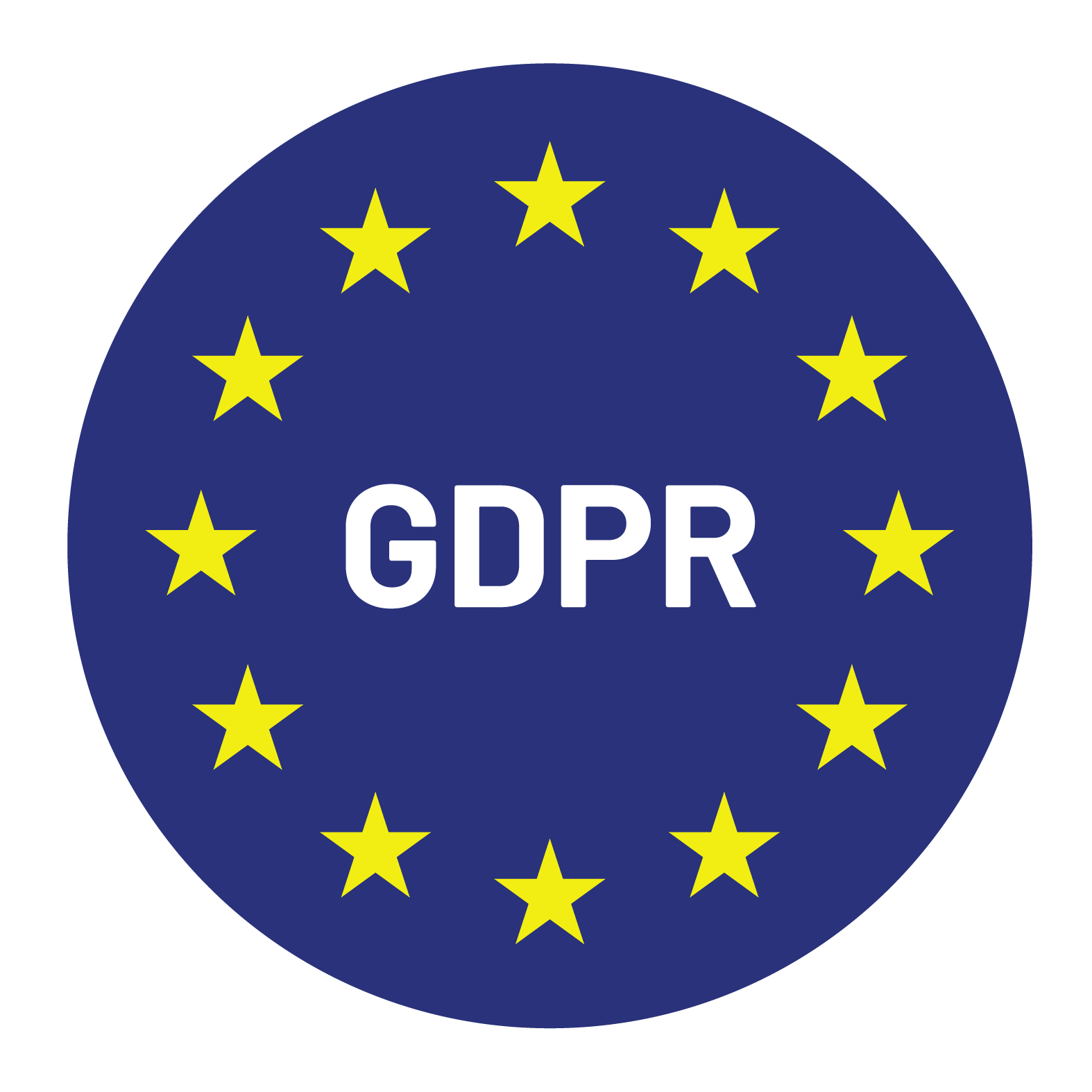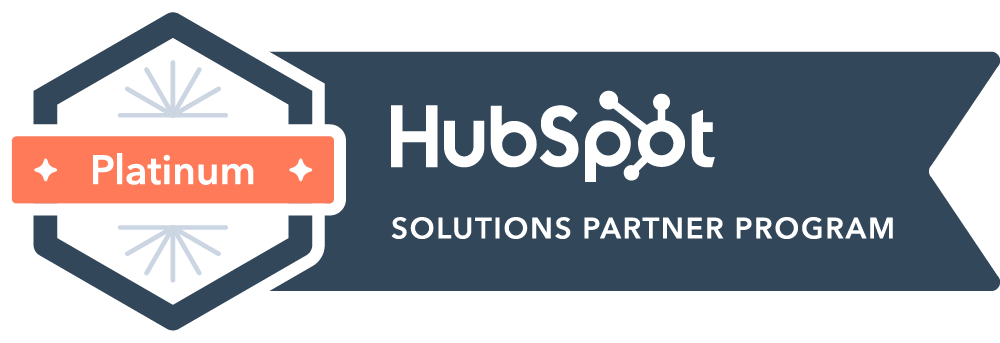

Content Writer for Whistle with multidisciplinary experience spanning over a decade.
Generating meetings through outbound is hard enough. Converting those meetings into closed revenue is even harder.
The typical failure point isn’t messaging. It’s what happens (or doesn’t) during discovery. Many sales teams spend their energy on outreach mechanics, how to get the meeting, without preparing for what to do once they get it. They assume the hard part is over.
It’s not.
According to James Abraham, CEO of Sandler Israel, and David Zeff, CEO of Whistle, most outbound deals die because discovery is too shallow, too soft, or too seller-centric. The rep doesn’t know what outcome they’re driving toward, the buyer doesn’t know what they’ve signed up for, and by the end of the call, both sides walk away with vague intentions and no real plan.
Here’s how to fix that.
A good discovery call isn’t about qualifying a deal or pitching a product. It’s about alignment. Do both sides understand what the next step looks like, what needs to happen before then, and why any of this matters?
If your prospect ends the call with “Send me more info,” you don’t have a deal. You have a future follow-up no one’s excited about.
Reps often fall into one of two traps:
The result is the same. No decision. No momentum. Just another prospect lost in a bloated pipeline.
Sales doesn’t start with a pitch. It starts with permission. That means taking control of the conversation early and setting clear expectations about what the call is for, what happens at the end, and what the prospect can expect in return.
James Abraham uses what he calls an “upfront contract,” a simple but powerful structure that gets both sides on the same page before the real conversation begins.
Here’s what it sounds like in practice:
“The purpose of this call is to understand more about your challenges and see if there’s a fit. If at any point you feel like this isn’t right for you, you can tell me. And if I feel like I’m not the right resource, I’ll tell you that too. Fair enough? At the end of this call, if it makes sense, we can talk about a clear next step, whether that’s bringing in more stakeholders, taking a small step forward, or parting ways.”
It’s not complicated, but it changes everything. The pressure is gone. Both sides can speak freely. And the rep now has permission to ask real questions, not just polite ones.
Salespeople hate hearing “no,” so they settle for “maybe.” They walk away from a meeting convinced they have a strong lead, when the reality is much less promising.
James calls this “happy ears”, hearing what you want to hear because it’s easier than facing the truth.
Strong sellers aim for clarity, not comfort. They ask tough questions early. They qualify with honesty. And they make it easy for the buyer to say no, because that’s what gives the yes its weight.
If a prospect doesn’t have a real problem, isn’t willing to spend, or can’t make a decision, the rep needs to know that now, not three follow-ups later.
Inbound buyers show up with some intent. Outbound prospects often don’t. That means the discovery call has to do more work.
For outbound to convert, the rep needs to:
This doesn’t happen by accident. It happens when the seller has a clear plan.
One of the most useful frameworks discussed in the webinar is Sandler’s Success Triangle, which centers on three core elements: Behavior, Attitude, and Technique.
Are you doing the right activities consistently? That means more than just sending emails. It includes prospecting, preparation, discovery, and follow-up with a purpose. It also includes having a process, not just a personality.
Do you believe in what you’re doing? Do you see yourself as a peer to your prospect, or as someone hoping for a favor? Sales is a mental game. If you show up needy or unsure, your prospect will feel it. Top sellers don’t need the deal. They want to help. There’s a difference.
Do you know how to lead the conversation? Can you surface hidden objections, push for clarity, and build trust without being overly eager? Sales techniques matter, but only when backed by the right mindset and behaviors.
All three parts of the triangle work together. You can’t fake one and expect the others to carry you.
By the time a proposal is sent, most of the sale has already happened, or it hasn’t. If a deal is going to fall apart, it usually falls apart quietly during discovery.
That’s why Whistle trains SDRs to qualify properly before handing off meetings to AEs. And it’s why AEs need to treat discovery as the most critical part of the sales cycle, not just a preliminary step.
Closing outbound deals isn’t about being persuasive. It’s about being thorough, thoughtful, and structured from the first call.
A signed contract isn’t the finish line. It’s the starting point of adoption, expansion, and long-term value.
Too often, sales teams disappear after the deal is done. This breaks trust and undermines everything built during the sales process. The handover to customer success is important, but it’s not an excuse for disengagement.
As James pointed out in the webinar, customers often go back to their original sales rep when something’s wrong. Why? Because that’s who they trusted. That’s who set the expectations. That’s who made the promise.
Sales teams should stay connected post-sale, even lightly. Not just for expansion opportunities, but to ensure that expectations are being met and that the customer still feels seen.
Almost every churn story begins with a gap between expectations and reality. That gap is created during the sales process.
Over-promising may win the deal, but it guarantees dissatisfaction later. Strong reps don’t chase deals at any cost. They make commitments they know can be delivered, and they loop in the right teams early to confirm alignment.
Whistle has seen this firsthand. The most successful outbound programs aren’t just about sourcing meetings. They’re about building a pipeline of well-qualified, well-prepared prospects who convert and stay.
One of the more unexpected takeaways from the webinar was this: it’s worth asking for referrals, even from prospects who don’t move forward. Most sellers wait until after a deal closes to make that request. But in outbound, a well-run conversation can open doors in ways you don’t always expect.
Not every prospect will say yes. That’s a given. But someone will. And that single referral could lead to the strongest opportunity of the quarter.
If the conversation was thoughtful, respectful, and well handled, even a prospect who declines your offer might still introduce you to someone who is a better fit. Outbound doesn’t just create pipeline, it can create a network, if you ask for it.
Outbound isn’t inherently inefficient. When it’s built on structure and run with discipline, it can perform as well as inbound, sometimes better. The difference lies in how the process is managed. Discovery should be thoughtful. Expectations should be mutual. And sellers should lead with insight, not features.
Buyers aren’t looking for a pitch. They’re looking for someone who understands what matters to them.
If discovery feels like a box to tick, you’re missing the one part of the sales process that shapes everything that follows.
The ability to close outbound deals consistently isn’t about finding the perfect line or pushing harder at the end. It’s about how you run the first call. That’s where trust is built, expectations are set, and decisions begin to take shape. The best sales teams don’t rely on enthusiasm or speculation. They work from a clear, repeatable structure.
Whistle works with companies that want more than meetings. We help teams improve how they qualify, how they run discovery, and how they turn interest into action. If your sales process needs more depth, more discipline, or better results from outbound, we can help.


© Copyright – Whistle 2023